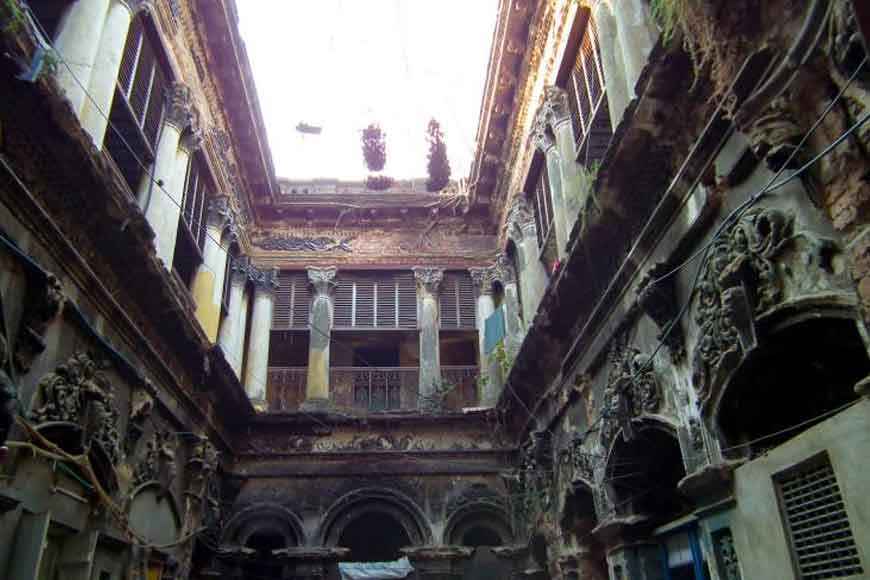Why do Bengalis believe in planchettes?

Remember that scene from Gorosthaney Shabdhan? When a group of people are trying to bring down spirits in an old building and Feluda speaks in a ghastly spooky tone of a ghost to snatch away a treasure that he needed to investigate. Well, planchette scenes have on and off been displayed in Bengali movies and even find mention in literature. Be it Rabindranath Tagore, Sarat Chandra Chattopadhyay, Bibhutibhushan Bandopadhyay or even Saradindu Bandopadhyay, it seems to have always found a place in the Bengali ‘spiritual’ imagination.
In My Remini scences, Tagore says: ‘We had an old cashier, Kailash, a great wit. His humour did not desert him even after death. Once, my elders ventured to start a postal service with the other world by means of a planchette. At one of the sittings, the pencil scrawled out the name of Kailash. We wanted to know about the kind of life he led now. His reply: ‘Why should you get so cheap what I had to die to learn?’ There are many instances where Tagore strongly believed in planchette and often practised it himself to communicate with his lost children, wife or even sister-in-law.
The Jorasanko branch of the Tagore clan had immense faith in the power of planchette. In the Ashwin (September-October) issue of Bharati magazine, published in the Bengali year of 1301, there was an eye-catching advertisement about a unique mechanism that would facilitate plancette. The inventor was one Sharat Chandra Bhattacharya of 108, Upper Chitpore Road, Goranhata, Calcutta. The instrument was priced at Rs 2.50 paise. An additional packing and postal charge of 75 paise was also levied. Rabindranath had christened it Pretbanibaha Chakrajan(the chakra or circular motion of the instrument that would attract the voces from the nether world.
Rabindranath once mentioned how he used the instrument during a planchette session and made acquaintence with poet Michael Madhusudan Dutt. When Dutt died, Rabindranath was around 12 years old, but he had the liberty to join other senior members of his family who often organised planchette sessions in the Jorasanko ancestral home. He was an enthusiastic participant in these assemblies till he was in his early twenties but then everything came to a halt abruptly following the death of Hemendranath, one of the main organisers of the planchette meets.
Also read : Serial horror, Bengal's Chainman killer
A dark room, a candle dripping wax, a wooden table, a sharp pencil, a paper with digits and letters of the alphabet written on it, a coin at the centre, and instructions—Yes or No. These are all part and parcel of a planchette session and one has to have a strong heart to participate though. What about the medium? The person through whom a spirit finally visits our world? Well, that person needs to be a robust fearless soul, else who knows he or she might faint even before the ghost arrives! The ghosts were also varied. There are stories that say at times a different spirit comes down, overriding the one who is called, some of them are quite violent ones and need to be asked to leave in fear of causing a havoc!
What is even more interesting, is spirits are thought to speak in binary codes when they alight on this earth. And yes, those writings on a note-pad when a pencil or pen held hand of the medium suddenly starts writing answers. Such spooky planchettes have found place in a host of Bengali poems. Take for example the Buddhadeb Bose poem Shondhilawgno, and the repeated pleas to the mother by the child to make herself visible just once! Thus, ghosts and spirits can also bring out our emotional side and leave us in tears! So decide if you at all can withstand a planchette session.











